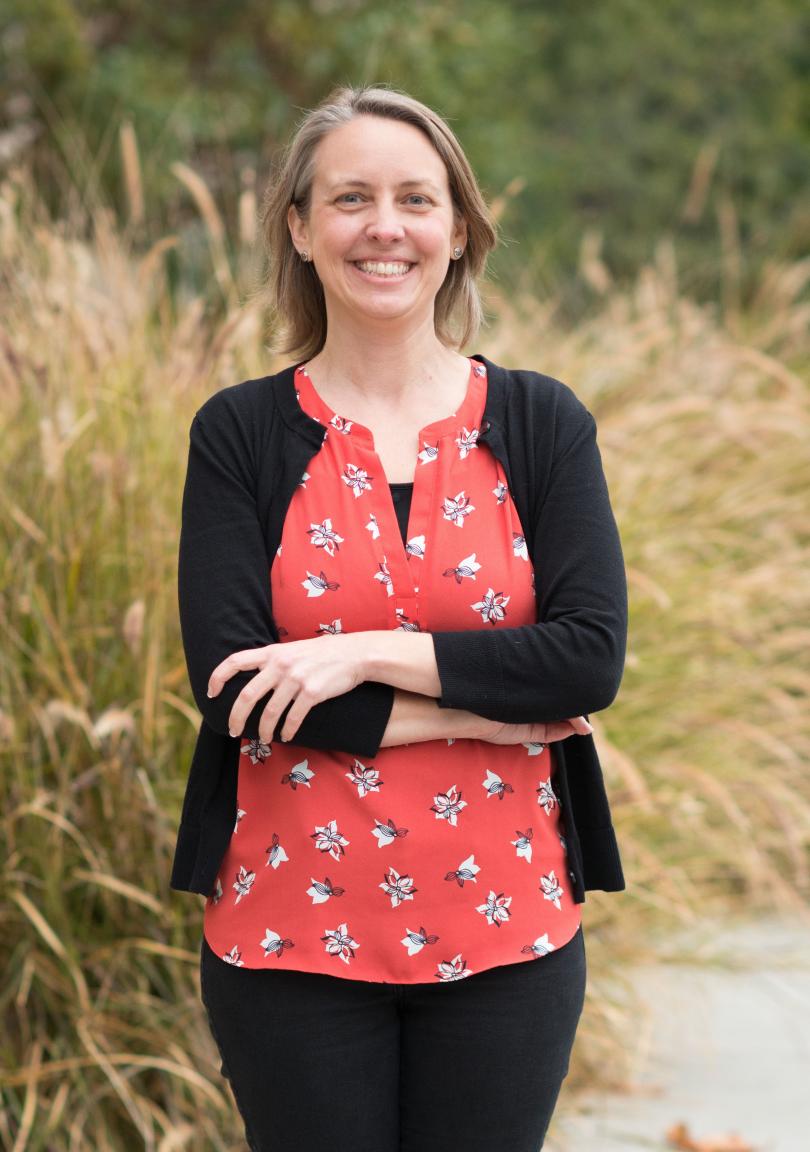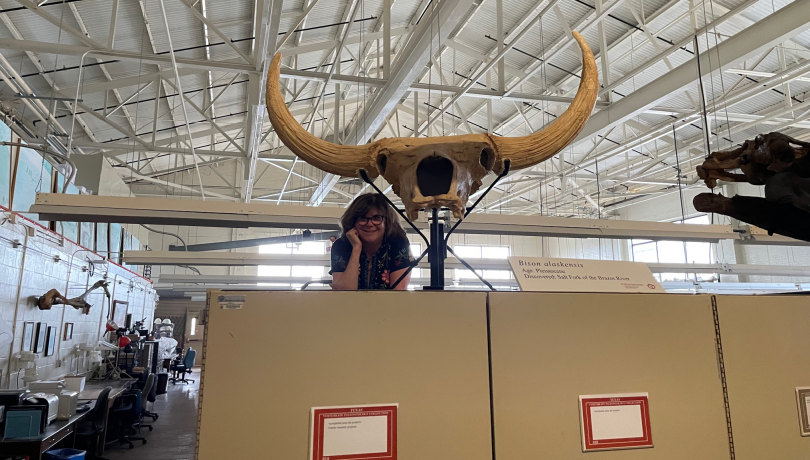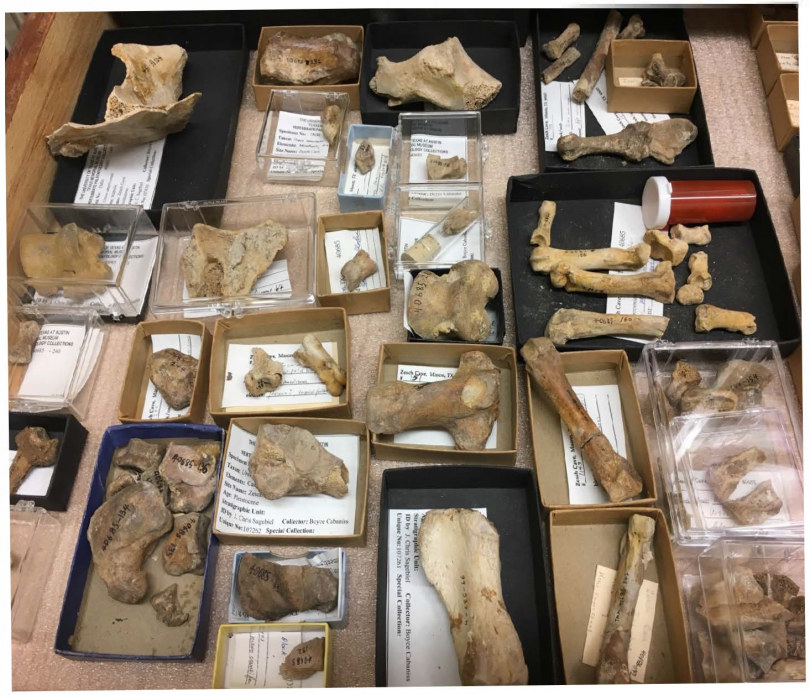"Mechanisms of Development and Regeneration in Hydra"
 Dr. Celina Juliano | Juliano Lab
Dr. Celina Juliano | Juliano Lab
Bio:
Dr. Juliano joined the faculty at UC Davis in 2015 as an Assistant Professor in the Molecular and Cellular Biology Department and was promoted to Associate Professor with tenure in 2021. She is a developmental biologist with a long-standing interest in stem cell biology. Her doctoral research, mentored by Dr. Gary Wessel at Brown University, focused on understanding the molecular mechanisms underlying the maintenance of plasticity during sea urchin development. Dr. Juliano completed her post-doctoral work at Yale University in the laboratory of Dr. Haifan Lin with co-mentoring from Dr. Rob Steele at UC Irvine. At Yale, Dr. Juliano began working with Hydra, a small freshwater cnidarian that continually renews all cell types as an adult and has remarkable regenerative abilities. During her post-doctoral work, she discovered a critical role for the PIWI-piRNA pathway in Hydra stem cells. In her own laboratory at UC Davis, Dr. Juliano continues to use Hydra as a model to understand, stem cell function, development, and regeneration, with funding from the National Institutes of Health. Dr. Juliano was a recipient of the Elizabeth D. Hay New Investigator award from the Society for Developmental Biology in 2020 and she was named a UC Davis Chancellor’s fellow in 2024. Dr. Juliano is the founder of the biennial Cnidarian Model Systems Meetings, the founder and director of the annual Hydra Workshop (Marine Biological Laboratory), and a founding board member of the International Society for Regenerative Biology.
Abstract:
In our laboratory at UC Davis, we use Hydra as a model to understand, stem cell function, development, and regeneration. As a starting point, we subjected the adult Hydra to single cell sequencing, created a molecular map of the entire organism, and built differentiation trajectories to describe each stem cell differentiation pathway. This work now serves as a foundation for our research goals, which include dissecting the molecular mechanisms underlying stem cell differentiation, understanding how the conserved injury program triggers developmental pathways during regeneration, and understanding how the Hydra nervous system is able to continually remove and add neurons into neural circuits.
Watch the seminar here!




